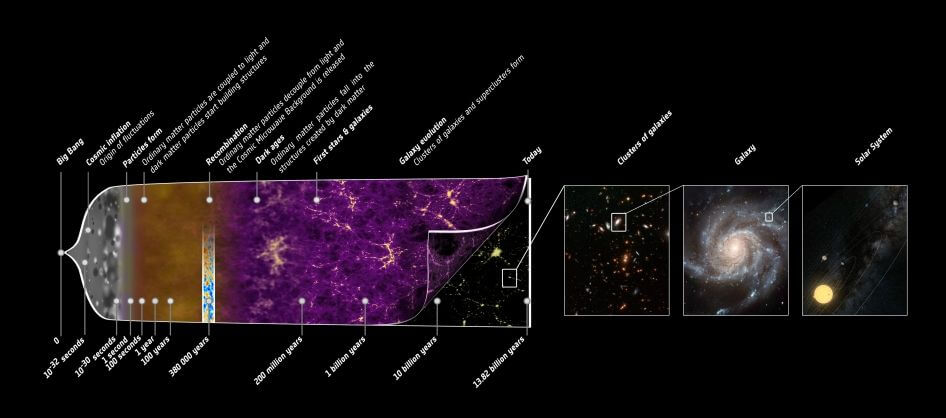The generation of photonic time crystals in the near-visible spectrum has been demonstrated under novel conditions, according to a team of researchers who say the breakthrough could have significant implications for the science of light and could lead to the development of disruptive new technologies.
Time crystals are quantum systems made up of repetitively moving particles in their lowest energy states. Because of this, time crystals are unable to stop and give off energy to their surroundings since they are already in their quantum ground state, thus representing a kind of energyless motion in the absence of kinetic energy.
Similar to photonic time crystals responsible for iridescence in everything from gemstones to the glittering colors of tropical fish and other organisms, photonic time crystals are their temporal counterpart and represent a specific type of time crystal whose refractive index (the ratio of the speed of light in a given medium to its speed in vacuum) fluctuates very rapidly.
In a new study by an international team of researchers, modulation of the refractive index has made it possible to generate and maintain PTCs in the optical domain. However, maintaining PTC stability requires their refractive index to align with the cycle of electromagnetic waves at specific frequencies. For this reason, past observations of PTCs generally occur in radio waves as they represent the lower frequency end of the electromagnetic spectrum.

In research conducted by lead author Mordechai Segev with the Technion-Israel Institute of Technology in Haifa, Israel, pulses of very short duration laser light between 5 and 6 femtoseconds at wavelengths of 800 nanometers were fired through conductive materials of transparent oxide, permitting a very sudden shift in the refractive index.
Segev and team studied refractive index shifts with a second laser operating at longer wavelengths closer to infrared, which allowed them to observe a rapid increase in wavelengths with the second laser beam. probe as it moved red, then blue. shifted as wavelengths decreased in response to changes in the refractive index of materials.
The changes occurred during very short periods of less than 10 femtoseconds, constituting the cycle necessary for the formation of stable PTCs.
According to Segev and team, this is unusual since when the energy level of the electrons inside time crystals are excited in this way, they usually require more than ten times that duration before returning to their normal ground states. For this reason, the sudden relaxation that Segev and his team were able to demonstrate shouldn’t be possible.
We still don’t understand exactly how this happens, Segev said in a statement.
Researchers now believe that optical underpinning of PTCs could not only lead to new insights into optics, the science of light, its behavior and how it is perceived visually, but could also enable truly disruptive applications, according to Vladimir Shalaev, one of the co-authors of the study. .
The team’s paper, Time-refraction optics with single cycle modulation, has been published in the journal Nanophotonics.


